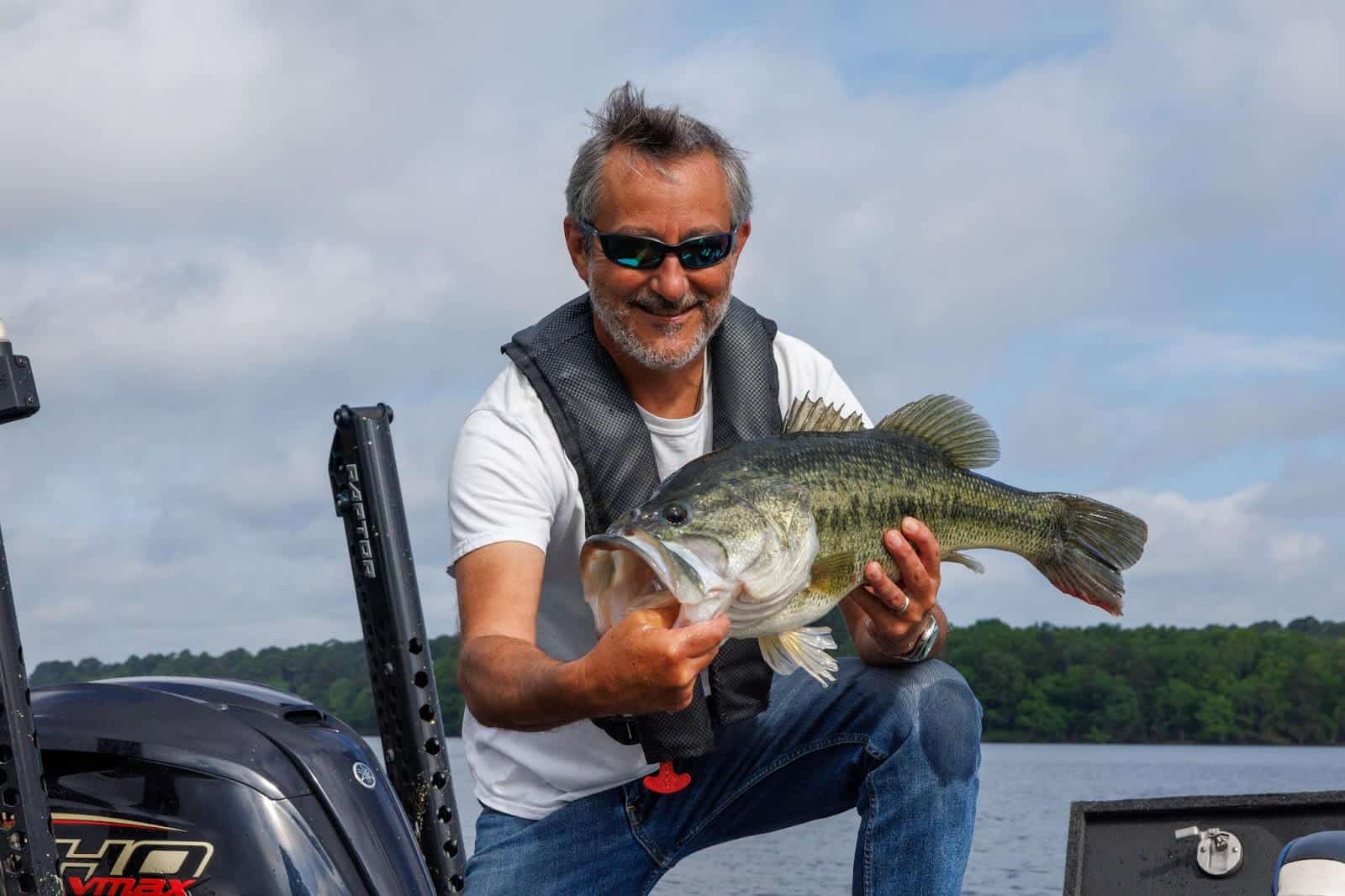Conservation efforts clear way for valuable quail, turkey habitat at Stone Prairie WMA
ON 05-11-2022
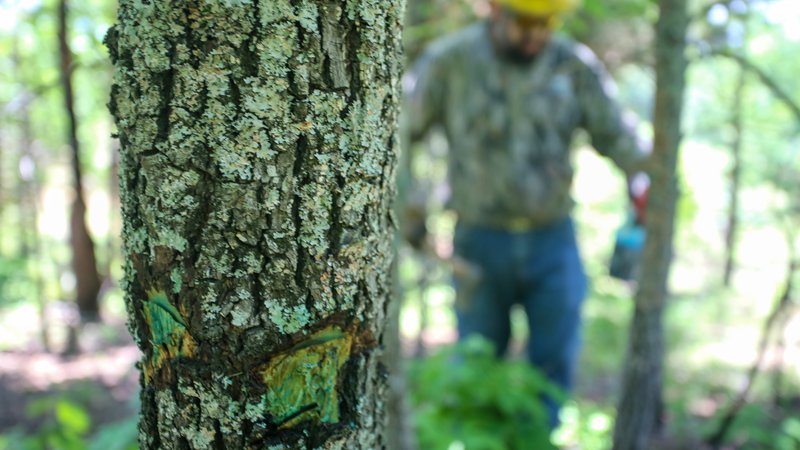
May 11, 2022
Randy Zellers
Assistant Chief of Communications
MAYFLOWER — Removing trees may seem counterproductive to wildlife management efforts at first glance, but in the case of Stone Prairie Wildlife Management Area in Mayflower, removing undesirable species was exactly the course of action needed to promote valuable quail and turkey habitat.
Thanks in part to the donation of the Arkansas Chapter of Safari Club International, biologists and contractors were able to improve 230 acres of overgrown woodlands by injecting poor quality trees with herbicide.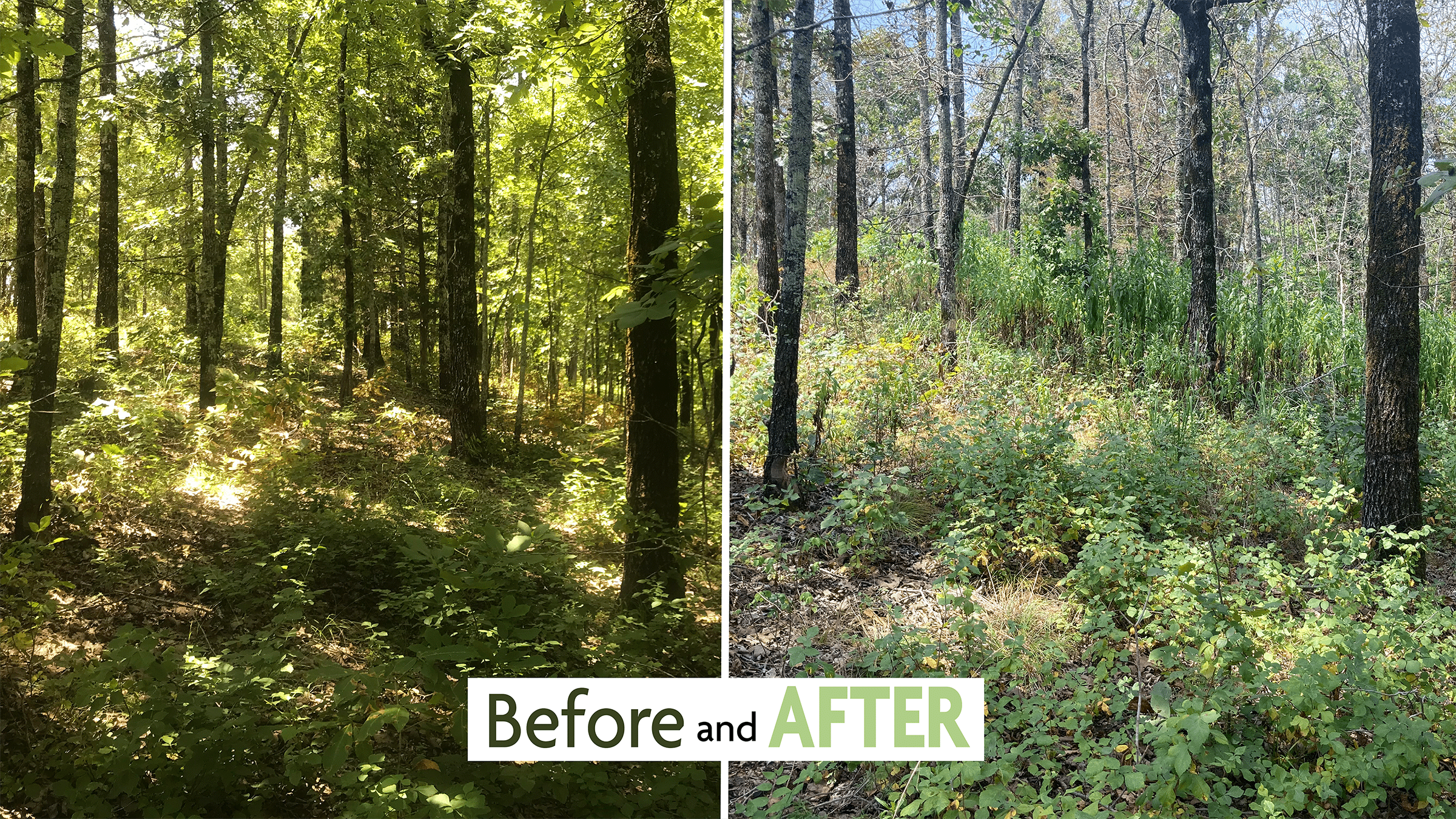
“The trees had shaded out the ground underneath, which prevented grasses and seed-producing plants from growing,” Marcus Asher, biologist for the Arkansas Game and Fish Commission, said. “Each tree that needed to be removed was chopped into and squirted with a chemical treatment to kill it without impacting surrounding vegetation. As the tree dies, the canopy will open up and allow sunlight to reach the forest floor.”
While landowners may normally rush to plant seeds into the soil once sunlight is available, Asher says it’s simply not needed.
“We don’t have to plant anything to obtain valuable habitat,” Asher said. “Just thin some trees and burn. There’s already a seedbank in the soil that’s waiting for the right conditions to grow plants that are exactly what northern bobwhites, turkeys, deer and many other species need.”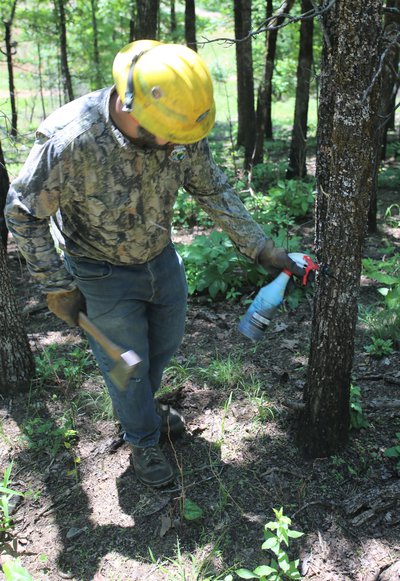
In addition to annual plants that produce abundant seeds, many broad-leaved plants attract a variety of insects that are critical to bobwhite chick and turkey poult growth. Woody shrubs also provide escape cover and shelter for both juvenile and adult birds.
“Once the forest floor has come back with all this valuable habitat, we plan to conduct prescribed burns on the treated areas on a 2- to 4-year rotation to maintain the open condition and continue to promote the growth of these food- and cover-producing plants,” Asher said. “This is just one of many habitat projects being conducted for wild turkey and quail in Arkansas thanks to partners like Safari Club and the help of conservation-minded people who have purchased Northern Bobwhite and Turkey Conservation Stamps in the last few years. We really appreciate the help everyone has offered to pitch in and work toward bringing back these ground-nesting birds that rely on high-quality habitat and a variety of habitat types throughout the year.”
Jeff Nicholas, outreach chairman for SCI, said conservation projects such as this one align well with the organization’s mission to protect the freedom to hunt and to promote wildlife conservation worldwide.
“The Arkansas Chapter of SCI is proud to be a partner in this local conservation project with the AGFC. In addition to conservation opportunities such as this, Arkansas SCI supports various local programs including Arkansas Hunters Feeding the Hungry, Arkansas Youth Hunter Education Challenge, and several youth shooting clubs throughout the state.”
Recent News
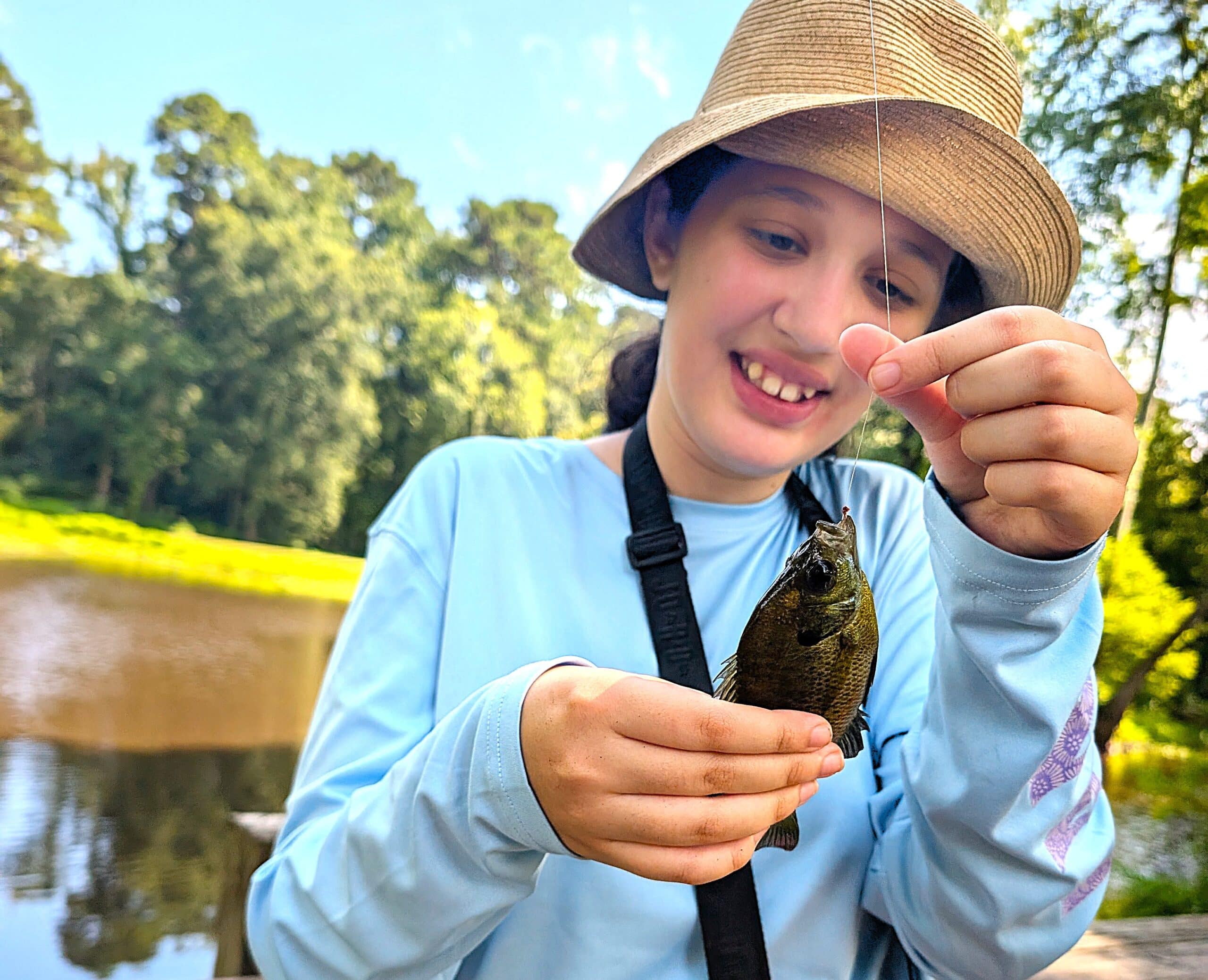
Arkansas Wildlife Weekly Fishing Report
Jul. 17, 2025
Subscribe to Our Weekly Newsletter E-mails
Don’t miss another issue. Sign up now to receive the AGFC Wildlife Weekly Newsletter in your mailbox every Wednesday afternoon (Waterfowl Reports are published weekly during waterfowl season and periodically outside the season). Fishing Reports arrive on Thursdays. Fill in the following fields and hit submit. Thanks, and welcome!

